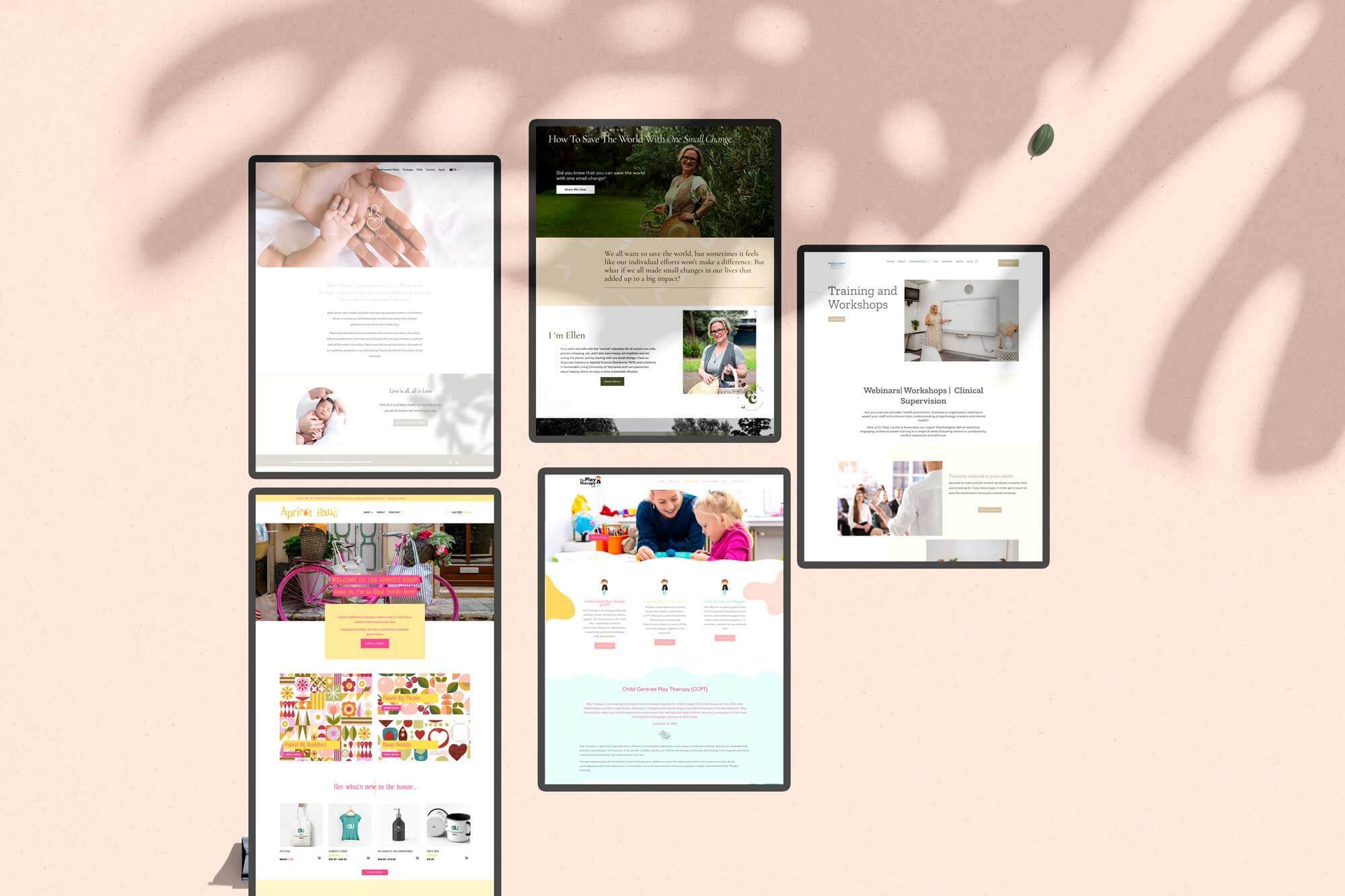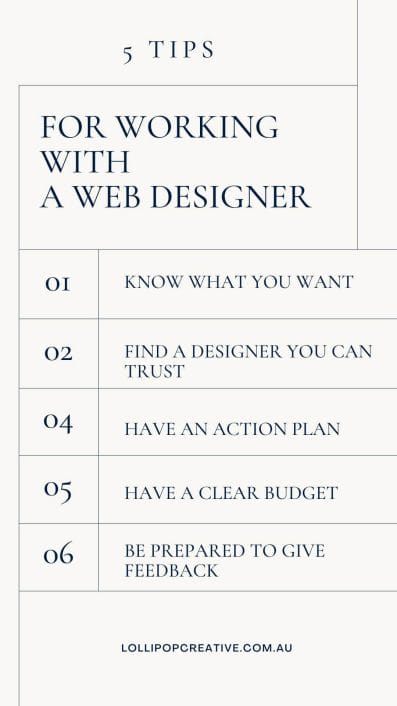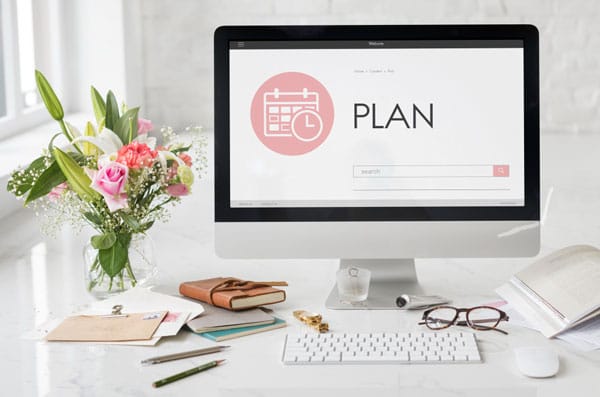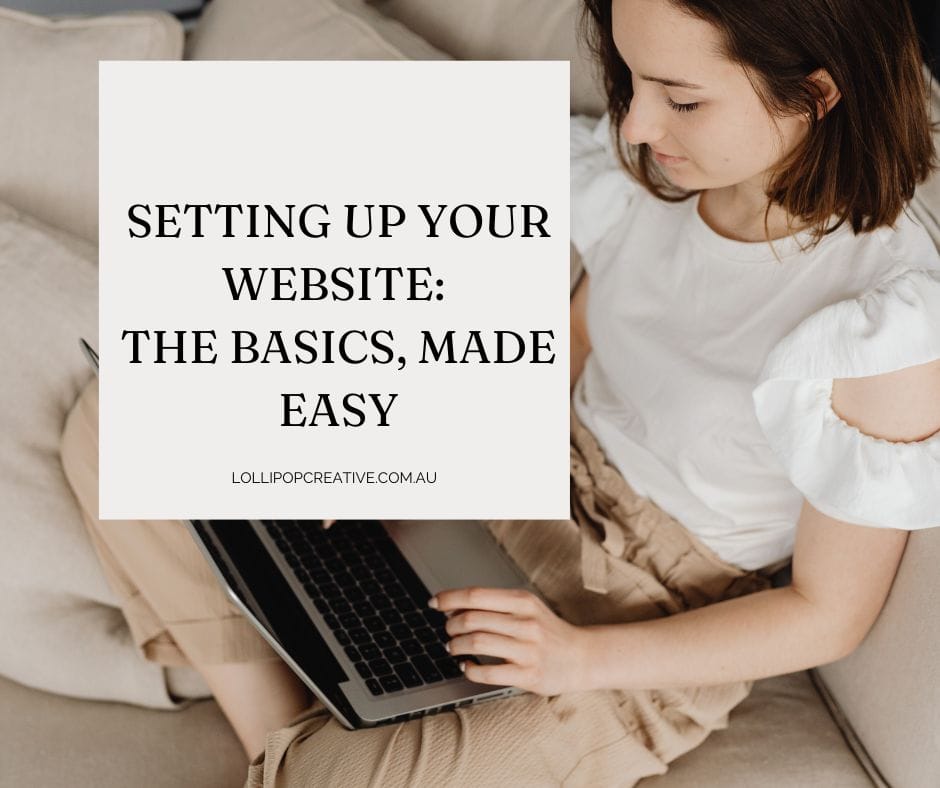Whether you are an entrepreneur or a small business owner, you will most likely need to design your own websites. In this digital age, it has become extremely easy to create your own online presence with the help of a great web designer. To give your business the best possible look and feel, you will need to work with a professional web designer who can transform your ideas into something that looks professional and appealing.
Starting a new web design project can be pretty overwhelming. It can be difficult to know how to approach a project to ensure it is successful. After all, you’re putting your trust into somebody to do a good job with your time, and your money.
So what do you need to have in place to help a website project run smoothly?
01. Know what you want
When creating a website design brief, be as detailed as possible. What kind of website are you designing? What kind of content do you want included? What kind of audience do you want to target?
All of these details will help the web designer create a design that suits your business. At a minimum, a website design brief should include details such as the following:
What is the company name? What is the purpose of the website?What is the target audience? How many pages do you want included in the website? What kind of design do you want included?What kind of content do you want included?
02. Find a designer you can trust
Find out as much as you can about the designer and their work before you decide to use them.
Lots of researches, be patient and seek information before making a decision.
Ask questions about their work and read testimonials. Is the price fair? Are they willing to answer questions? Does the business value your time? Avoid hiring unqualified individuals by ensuring you get everything you potentially pay for.
Avoid red flags like: Pricing themselves far too low for the scope of work.
03. Have an action plan
Having a timeline in place is crucial for a project to run smoothly. Agree to specific milestones with your web designer so that each phase of the design process stays consistent. This also allows you both to check in and make sure you’re happy with the progress so far.
Be sure to set aside a few weeks for the project so that you have enough time to go through everything. Most website projects take between a month and six weeks, depending on complexity and the size of your team. Having realistic expectations from the start will help prevent frustration.
04. Have a clear budget
Most designers will give you an estimate on what you communicate to them. Agree on a budget with your web designer before you start any work. Don’t expect designer to do extra work that you didn’t communicate before – it is like asking a plumber to replace the tap while they are at your home, when they only estimate fixing your pipes! If you expect any additional features or changes that might be outside the initial scope of work, make sure you have agreed with your web designer that these will be quoted for separately.
Don’t be tempted to go for the cheapest option.
05. Be prepared to give feedback
Feedback is the lifeblood of a good web design project. Try to ensure that you provide feedback on each step of the process. It helps you and your designer to stay on the right page.
Be sure to give them detailed notes on what you want to be improved and what you did not like. This way, your designer can work on making your next project a hit. After all, this is the nature of a good collaboration. At the end of the project, a good designer will want to know if you are satisfied with their work and if you would hire them again.





